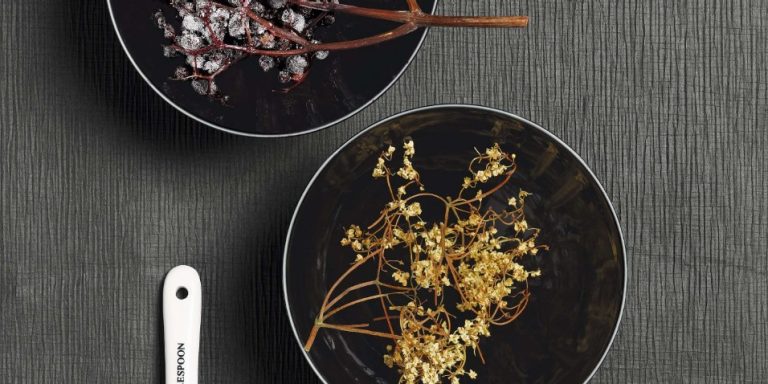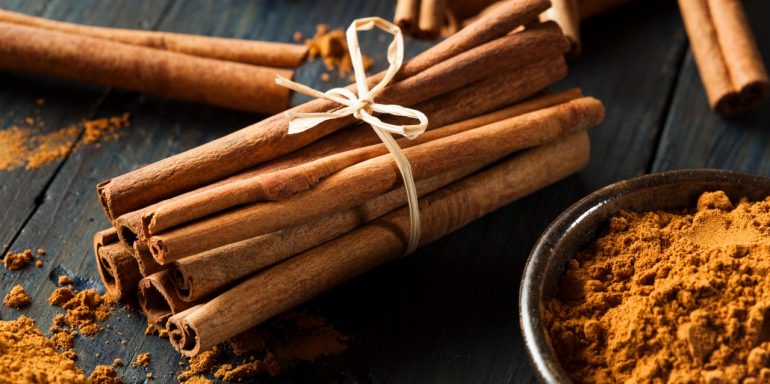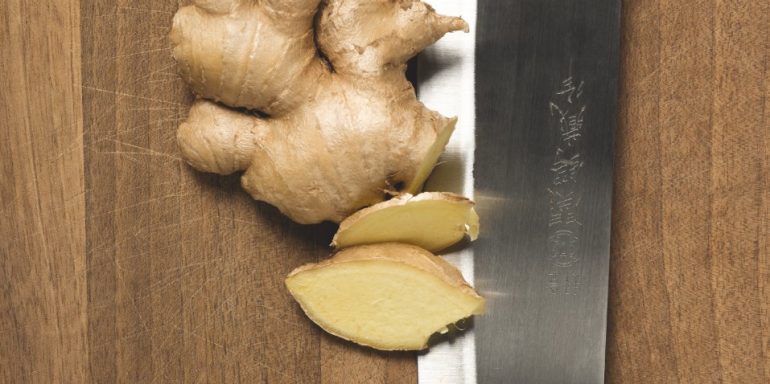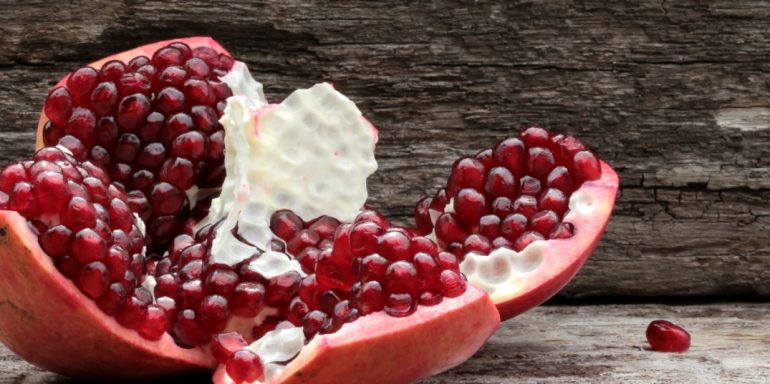
Blossom during the cool season: elder
The Germanic peoples consider it a protective shrub which guards the border between the world of the living and the underworld. These days, the elder predominantly releases its good powers in transitional periods between the seasons when it protects us against feverish colds, something which has now been scientifically proven.
The incredible powers attributed to the shrub date back to the Germanic people’s mythology. The “elder bush” was the seat of the Goddess Holda or Holle who protects plants, animals and people. That is why the former’s presence near a house is considered a good omen and felling one is deemed to be a reprehensible act. In the 19th century, the Brothers Grimm revived the Goddess Holda in “Mother Hulda”.
In the fairy tale, the old woman with the big teeth transforms the small white elderflowers into feathers and shakes them over the earth in the form of snow. Elderflowers and elderberries have been used as a remedy for the common cold since time immemorial. In the meantime, it has also been scientifically proven that the berries contain substances which protect the immune system against influenza viruses.
Effective against fever and mucus
Elderflowers promote the secretion of the sweat glands. Thanks to this effect, the organism can cool down to normal body temperature in case of feverish colds. In addition, the active ingredients liquefy stubborn mucus in the nose, paranasal sinuses and bronchi. The mucous membrane swelling goes down, and the nasal cavities are decongested and cleansed. Moreover, it is easier to cough up mucus and to breathe in general. In the form of a fruit extract, the berries stimulate the immune system to protect against viral infections.
White flowers and black berries
Black elder (Sambucus nigra L.) usually grows like a shrub and can grow to a height of up to three metres. It loves partial shade and prefers nutrient-rich, damp soil. The young twigs are green, and the older ones are brownish with grey, warty spots (lenticels). The odd-pinnate leaves have a distinctive earthy scent. The flowers are at the end of the twig and reach for the sky in the form of umbrella-shaped cymes from May to July. This purely white sea of blossoms smells unmistakably invigorating. In the autumn, the inflorescences bend down towards the soil. These develop into black berries which, when cooked, produce the legendary juice.
Tea blend for the common cold
30 g elderflowers, 30 g lime flowers, 20 g mullein flowers and 20 g meadowsweet flowers. To make one cup of tea, pour 3 dl of boiling water over 3 g of this blend, cover and allow to steep for 10 minutes and then pour through a sieve. Drink a cup three to four times a day.
For frontal sinusitis
Spagyric blend: 10 ml Sambucus nigra, 10 ml Euphrasia rostkoviana and 10 ml Tropaeolum majus. Spray three puffs directly into your mouth three to six times a day and allow to take effect for one minute.



Newsletter
Find out more about current health issues every month and get all the information you need about our attractive offers from all Helsana Group companies * delivered by e-mail to read whenever it suits you. Our newsletter is free of charge and you can sign up here:
We did not receive your information. Please try again later.
* The Helsana Group comprises Helsana Insurance Company Ltd, Helsana Supplementary Insurances Ltd and Helsana Accidents Ltd.